One year after autologous fat breast augmentation, chest tightness may be related to fat absorption, fat embolism, or postoperative complications. It is recommended to seek medical attention promptly, investigate the specific cause, and adopt targeted treatment according to the situation.
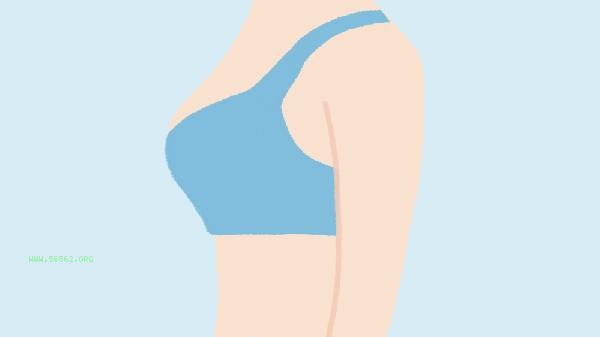
1. Uneven fat absorption: After autologous fat breast augmentation, some fat may be absorbed by the body, resulting in uneven fat distribution. This situation may cause local tissue compression, leading to chest tightness. It is recommended to examine fat distribution through ultrasound or magnetic resonance imaging, and if necessary, perform fat supplementation or adjustment.
2. Fat embolism: Fat particles enter blood vessels and form embolism, which may affect blood circulation and lead to chest tightness. This is a serious complication that requires immediate medical attention. The treatment methods include anticoagulant drugs, thrombolytic therapy, or surgical thrombectomy. Close monitoring is required after surgery to avoid strenuous exercise.
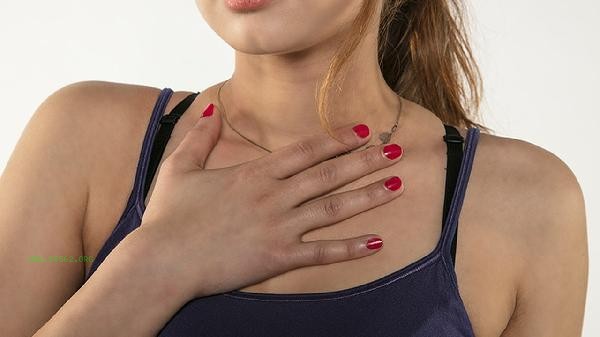
3. Postoperative infection or inflammation: Surgical site infection or chronic inflammation may cause chest discomfort, including chest tightness. The infection status needs to be confirmed through blood tests and imaging examinations. Treatment includes antibiotic therapy, local hot compress, or surgical drainage.
4. Psychological factors: Some patients may experience chest tightness after surgery due to concerns about the surgical outcome or physical changes. Suggest psychological counseling and, if necessary, seek psychological counseling to relieve emotional stress.
5. Other complications such as chest wall muscle tension and rib compression may also cause chest tightness. Symptoms can be relieved through physical therapy, massage, or adjusting posture. There are various reasons for chest tightness after autologous fat breast augmentation, and corresponding measures should be taken according to the specific situation. It is recommended that patients communicate with doctors in a timely manner and undergo detailed examinations to ensure their health and safety. Regular postoperative follow-up and maintaining good lifestyle habits can help reduce the occurrence of complications.


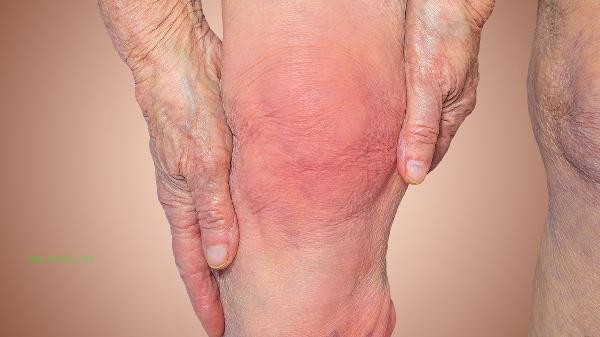
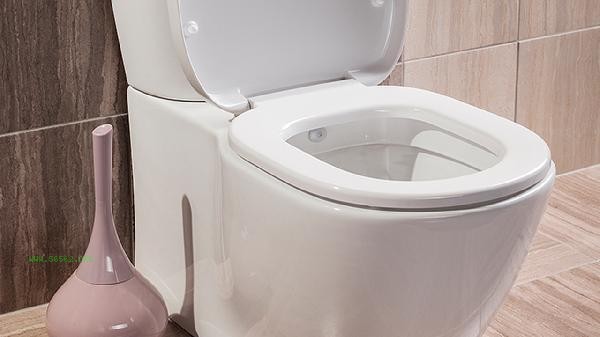
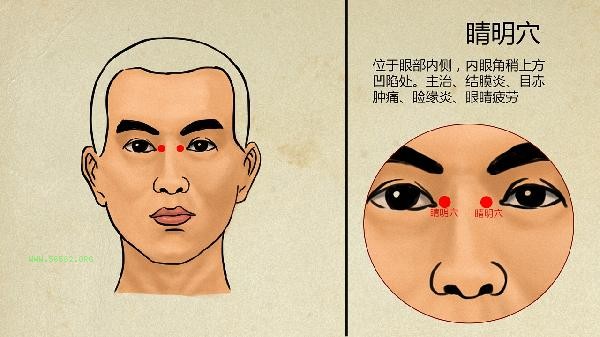
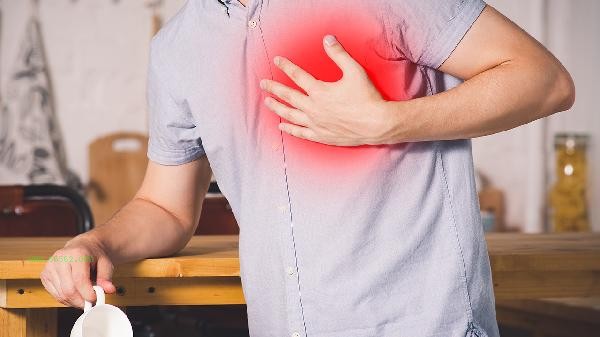
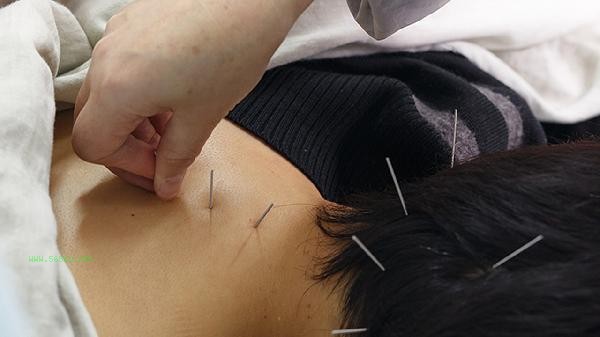


Comments (0)
Leave a Comment
No comments yet
Be the first to share your thoughts!